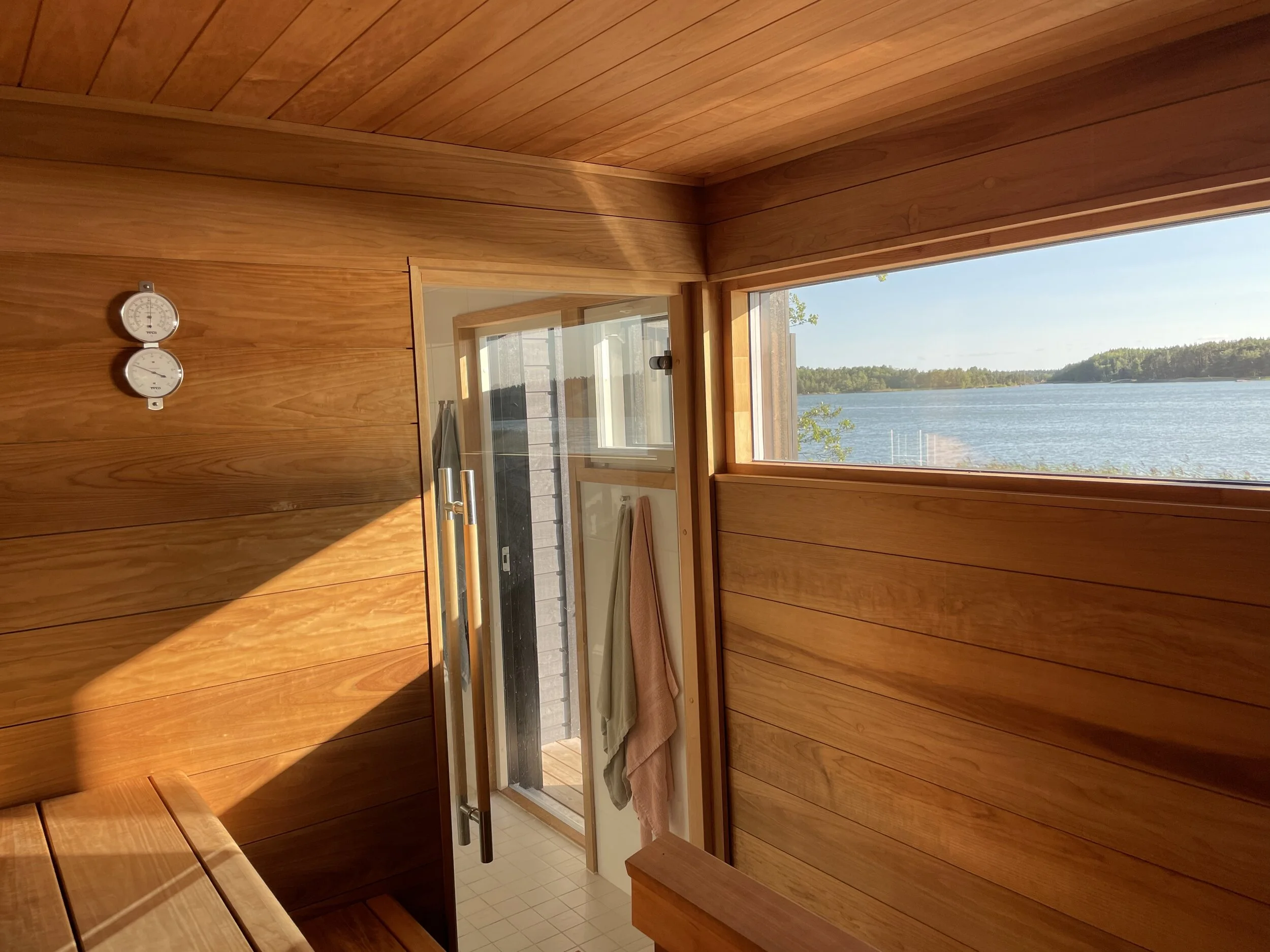Photo courtesy: Olli Kilpi, Kustavi Finland
NASS has embarked on a project to rate public saunas. The focus is on establishments that carry the name “sauna.” Most often, particularly here in the US, they are ancillary services at gyms, sports clubs, hotels, etc. The project has created a lot of discussion even at the basic level of how to define a sauna.
Hardcore sauna enthusiasts, such as the undersigned, have difficulties to understand how the word “sauna” is sometimes used so loosely in North America. We don’t even have to go as far as looking at all kinds of belly warmers, blankets or various closets (you name them) that carry that same name.
Sauna sales are strong and many companies are seriously backordered. So, now that the market is hot, it’s a perfect time to make a point about North American sauna bathing.
Personally, I have been sidelined for years by thinking that the quality of the sauna in North America is not on par with the rest of the sauna bathing world. This is not the case. While competition is often price driven, the product mostly matches with its intended use. In order to explain this, we need to define and separate the words “sauna” and “sauna bathing.”
Sauna in North America is a generic name that includes many different types of thermal therapy. The most common ones are traditional saunas and infrared rooms. People often use saunas and infrared rooms in the same way; to warm up and slightly sweat either before or after a workout, with a one time stay and clocking, depending on the heat and other circumstances, anywhere between a couple of minutes to 20 - 30 minutes in the heated space. This, however, for sauna aficionados is not considered sauna bathing. Sauna bathing is a process that has elements also beyond the heated space. These are showers that are right next to the sauna, cold plunges, places to rest and perhaps also access to outdoors for rejuvenating between the visits to the hot room. Also, inside the hot room there are heaters meant for throwing water on the rocks, which is part of the authentic sauna bathing experience.
If your sauna is not used for sauna bathing, the good news is you don’t need to include the elements that otherwise would be needed, such as good working ventilation, drains, showers next to the sauna, etc. You can have a limited functioning heater, even a space heater can do. Building this type of “warm up space” saves money, but also compromises the most sought after aspects of sauna; proven health benefits and endorphin induced good feelings that the authentic sauna will bring you.
It is our utmost mission to make sure that all sauna using people would understand the difference. NASS is looking for organizations and locations that offer authentic sauna bathing services. We want to promote them on our website and through our social media exposure. The beauty is that thermal therapy is always good for you. The outstanding benefits come from the real deal, when it’s used like it’s supposed to. Compromises can be made, as long as we all know what these compromises are.
Eero Kilpi, Ph.D. President, NASS

